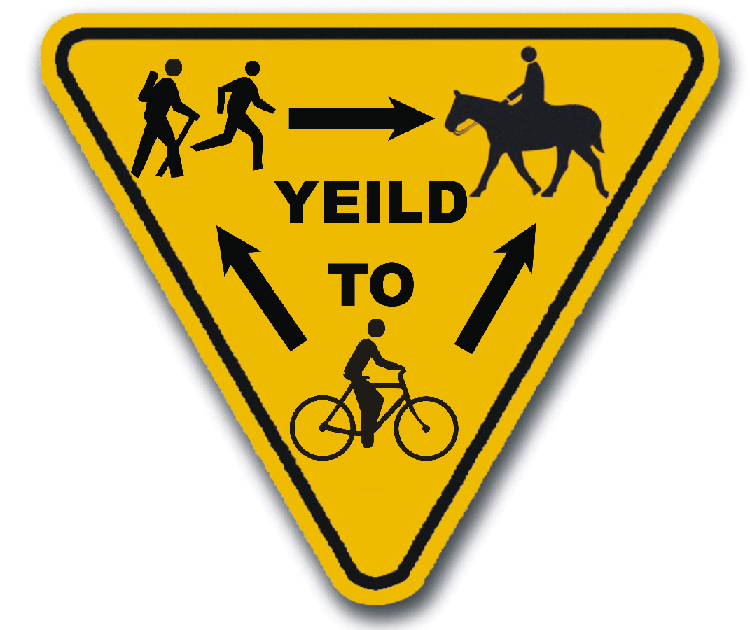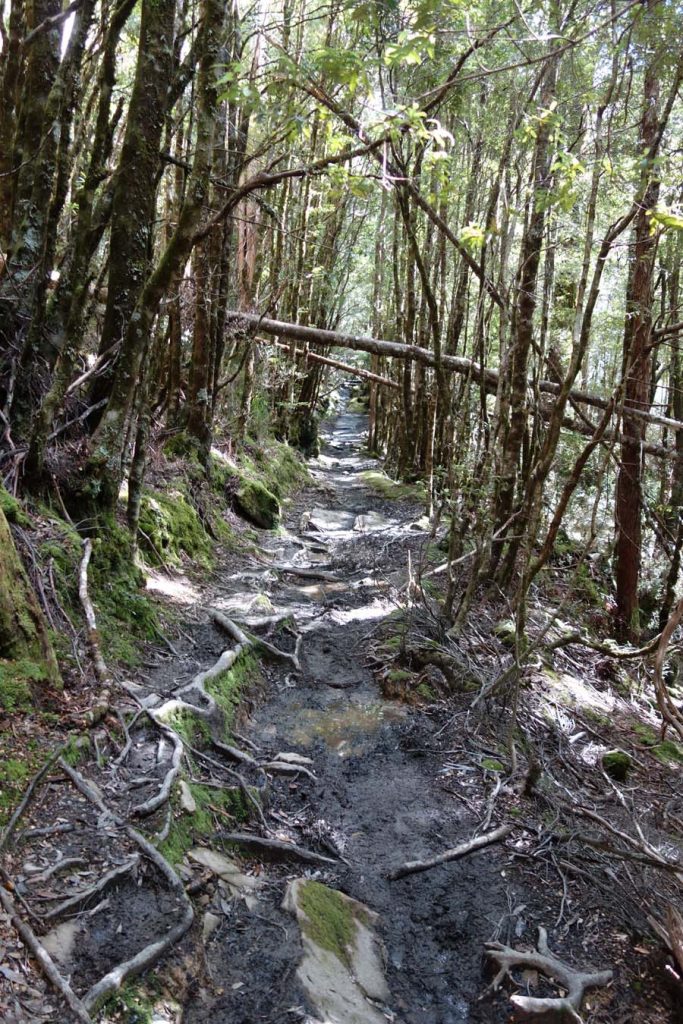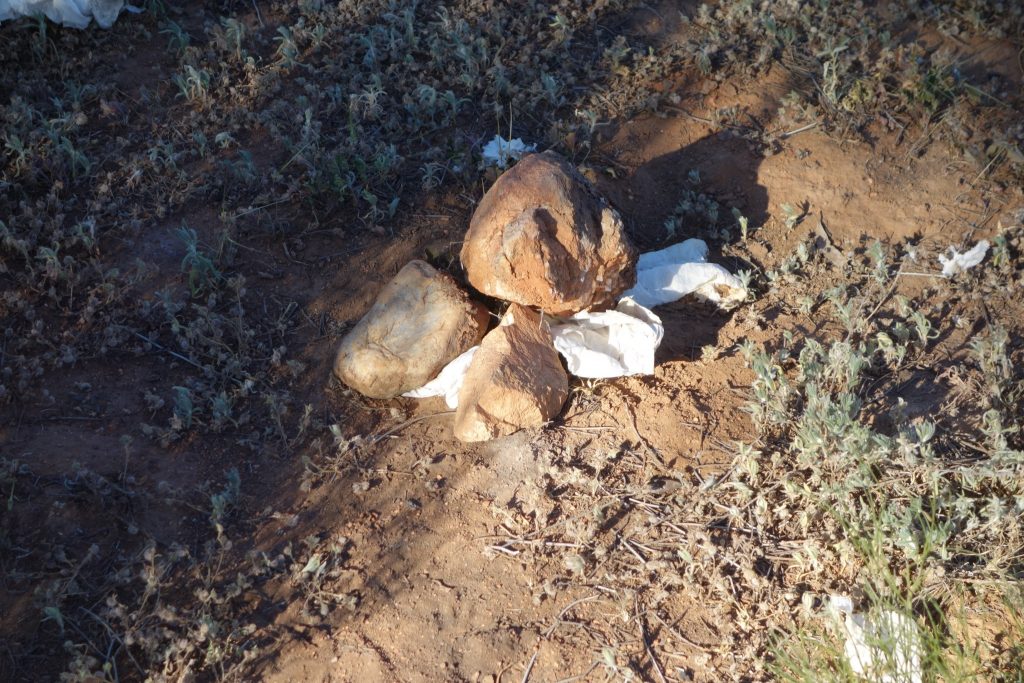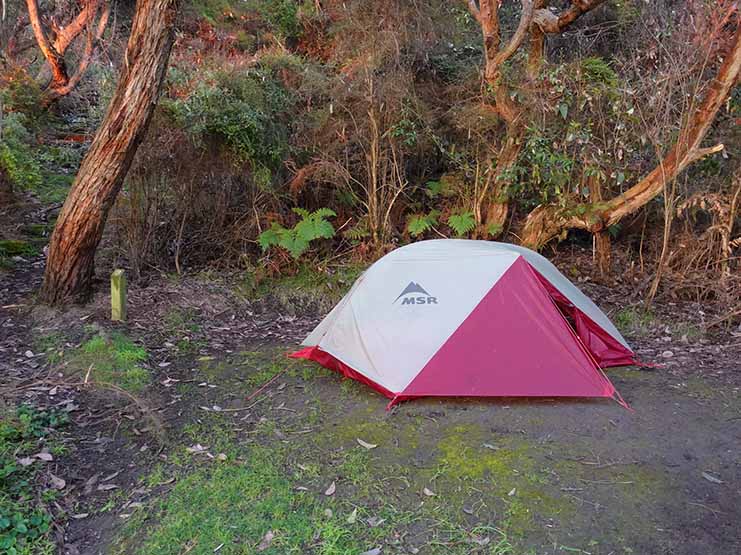Hiking Etiquette
Hiking Practice
Every activity or pastime has its own set of rules (often unofficial) that helps us navigate the acceptable social standards, allows us to stay safe, and provides an environment where both you and others can enjoy themselves. These rules are often referred to as etiquette, which the Oxford Dictionary defines as ‘the rules of polite or correct behaviour in a society’. An example about which most people can relate, even if they have never done it, is learning how to drive a car. While the rules of the road vary from country to country most of us can remember learning to drive and being taught not just the road rules but also road etiquette by instructors, parents or older siblings. In addition, there was usually a printed book or if you’re a bit younger the Internet where we could study and learn these ‘rules’ to ensure we knew what we were doing and helping us to become safe drivers.
Hiking is no different. There is a set off rules/etiquette, unwritten in most cases, which help us to not only be safe hikers but also to ensure we don’t annoy everyone else on the trail. Unfortunately unlike driving, there is no formal structure unless you learn your skills in organisations such as the Scouts. In most case they are something we pick up when hiking in groups and observing others. But what if you hike alone and don’t tend to interact with other hikers, where do you learn the ‘road rules’ for hiking?
The following is a list of commonly accepted hiking ‘rules and etiquette’ that will help us all to become better more courteous hikers.
Etiquette on Trail
If you are on a shared trail there is a trail hierarchy about who has right of way:
- Hikers v Bikes
- Hikers have right of way. Having said that sometimes it just makes sense as a hiker to step aside and let a group of cyclists get past you
- Hikers v Horses
- Horses have right of way. Some horses can be skittish and a hiker with a full pack with these funny looking sticks waving around can present a scary sight. If possible, give horse riders space and move to the downhill side of the trails to be less threatening
- Hiker v Hiker
- Uphill hikers have right of way. Changing pace going uphill is much more difficult than coming downhill. From personal experience this is one of the most least understood unwritten rules so don’t be surprised if people don’t give way
- Groups v Individuals
- As a general rule the larger the group, the slower it will go. Give way to smaller groups or individuals.
- Keep to the left; pass on the right (in Australia)
- The thing to keep in mind is that this tends to follow the side of the road of the country in which are driving. In the USA and parts of Europe, the opposite applies so when travelling overseas check the local expectations and don’t be surprised if tourists appear to be travelling on the wrong side of the trail
- Leave no trace
- Hike quietly
- People usually want to be in nature and this often means solitude
- Take your rubbish with you
- The cleaner the environment the more enjoyable it is for everyone
- Bury your toilet waste
- You don’t want to see peoples’ toilet waste and others don’t want to see yours
- Stay on the track even if it is muddy and wet
- When people move off trail to avoid puddles and mud we end up with what is called a braided trail where the trail gets wider and wider, and muddier and muddier
- If you stop for a rest, do so off trail (unless there is no choice)
- Hike quietly
- Say hello
- There’s nothing worse than hiking in your own thoughts and without realising it there’s another person just behind you
- Don’t be creepy!
- Be friendly but remember sometimes people just don’t want to talk. If the conversation appears to be struggling it may be because people don’t want a conversation. In addition as a large male I have found that solo female hikers often tend to be a bit more cautious on the trail than solo male do
- If you are hiking as a group share the chores regardless of the group size. It’s not fair to the rest of the group to do your work for you. New hikers will also not learn if you do everything for them either
- If you are using trekking poles be conscious of other hikers
- If carrying the poles in your hands hold the sharp end forward; this will also be the lowest point. You can easily see the front end of the poles but you don’t always know what’s happening behind you
- Be conscious when overtaking, or being overtaken, if you are using poles as you take up a lot of the trail width.

A trail sign showing who gives way (and yes its should be Yield)

An example of a braided trail. The main trail is on the right hand side of the image with the mud clearly visible. In an attempt to avoid this muddy area hikers have created a new trail on the left. In very bad areas there will be multiple areas on both sides of the track. This behaviour creates damage to environments that are often very fragile.

Poorly buried toilet waste. Not what you want to see on the trail
Campsite Etiquette
Once you reach your camp for the night an additional set of rules apply. Which ones you consider will depend on whether you are in a tent or a shelter with a number applying to either circumstance:
- Don’t take up excessive space when you pitch your tent
- Many sites have limited capacity to pitch tents so don’t hog the space. Tent platforms are often made for multiple tents. Using one all by yourself is fine if there is hardly anyone there but if its busy, be considerate in your use of space
- Don’t camp right next to other hikers unless there is no choice
- Give people some personal space particularly if they are not part of your group. They may have camped away from everyone because they snore or they might just want privacy. If camping quarters are close, then be considerate of others as far as possible. Remember that tents are not soundproof
- Camp in the designated campsites
- Creating new tent sites every time you make camp will only adversely impact the environment
- Camp away from water sources
- Remember this is what you drink, keep it clean
Cabins and shelters
If you are sleeping in cabins or made shelters, some additional rules come into play
- Don’t move other peoples’ gear
- While you may want to store your gear as a group or with your partner don’t move someone else’s gear to do this; it’s just plain bad manners. Ask first and in most cases people will be happy to oblige
- Set up your gear for the night well before it gets dark
- Unless you happen to turn up to your shelter or cabin late, if you are sleeping inside set your bedding up early to minimise disturbing people who may already be asleep when you go to bed
- Leave the shelter cleaner than you found it
- If there is a broom sweep the floor, check that you have all your rubbish and that everything is back in its place ready for the next group of hikers
- Keep noise to a minimum
- When it gets dark particularly when the cabin or shelter is small, its time to drop your voices or stop talking altogether. The term hiker midnight applies. This is not the time to start unpacking or to get tomorrow’s lunch ready
- If you are a snorer sleep outside if local laws and conditions allow in your own tent
- Don’t take up excessive space in the shelter kitchen
- Cabins and shelters have limited space. Remember there will often be other people using the facilities so don’t takeover a space and claim it as your own. Finish what you are doing in the kitchen then pack up to allow others to take their turn.

Our tent set up away from every else so they don’t have to share my snoring
Last Words
These hiking ‘rules of the road’ are the most common ones however this is by no means a comprehensive list. If you think about the common themes there are essentially two take away’s when discussing hiking etiquette on the trail. Firstly ‘Do unto others…’ – that is, consider others the way you’d like to be considered, and equally important protect the environment. It’s better to err on the side of what you consider to be good manners and not get too upset when others don’t share your views. Remember we are all there to have a good time so enjoy.